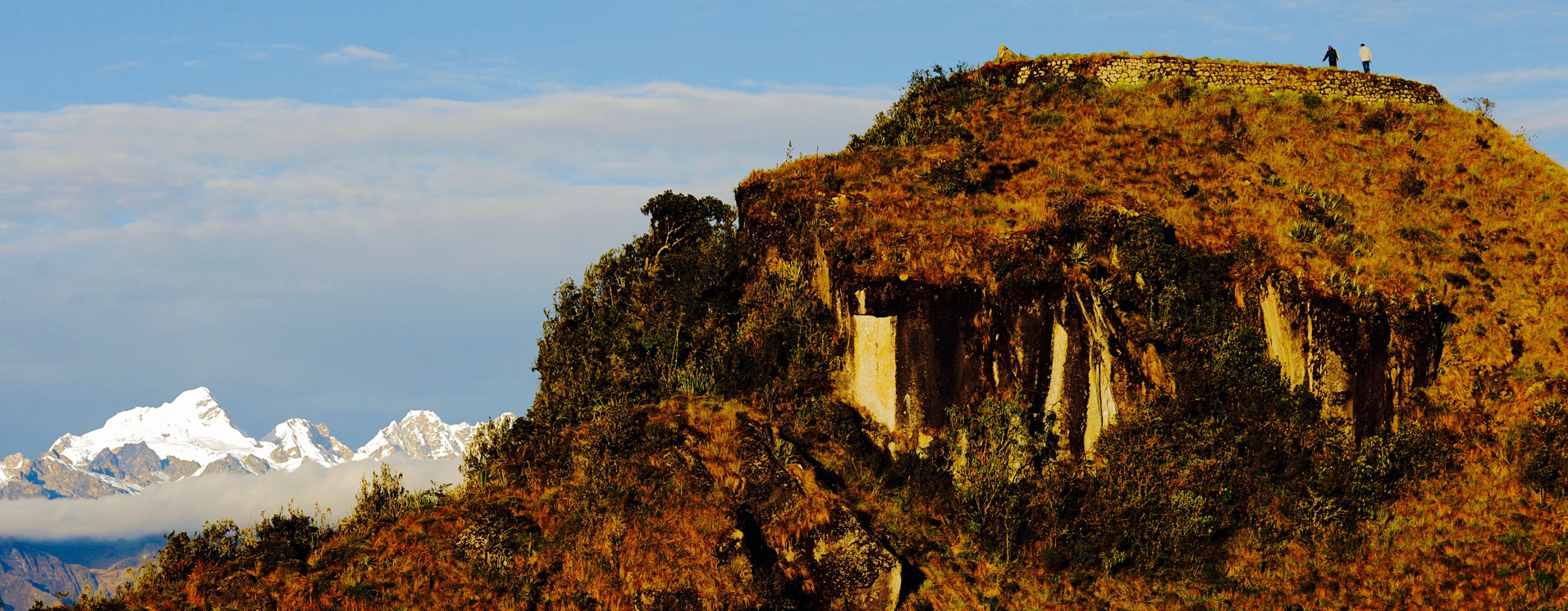Trekking
Destinations and activities
hand picked to fit your journey.
PERU
The Andes of Peru are one of the most extraordinary destinations in the world for trekking. The Andean region of Cusco is dotted with thousands of lakes and mountains reaching over 20,000 feet above sea level. The Andes of Peru are home to the world’s deepest canyons and it’s waters are the source of the Amazon River. Cusco’s mountains are home to fertile valleys, Inca ruins and traditional villages.
The mountains in Cusco offers unparalleled opportunities for outdoor experiences surrounded by pristine nature and native Quechua cultures. From the world-famous Inca Trail to the challenging treks in Ausangate and Salcantay circuits. From lesser known but just as impressive treks in Huchuy Qosqo to the culturally rich trek in Lares. Our tailored made, private programs are designed to meet our client’s physical abilities and comfort levels during the treks.

CUSCO’S INCA TRAIL TO MACHU PICCHU
The legendary Inca Trail or Qapaq Ñam crossed South America from Quito in Ecuador all the way to La Paz in Bolivia, traversing the Andes mountain range. The section of the trail that we will cover will take us to the magnificent sacred city of Machu Picchu, in a journey where history, geography, local flora and the environment will fill our senses and take our breath away.
With each step we will appreciate the ingenuity of the Andean people, their ability to survive and flourish in this harsh environment and the extraordinary ability to mold granite rock into formidable paths through the mountains. The Inca Trail is testimony to their engineering greatness.
CUSCO’S SALKANTAY TREK TO MACHU PICCHU.
This mountain, together with the Southern Cross, served as a point of reference for astrological observation from Machu Picchu during the time of the Incas, especially during the June and December solstices. Its location supports the concept of “sacred geography”, under which the Incas developed Andean civilization.
It is important to remember that this trek is classified as challenging, and so it is necessary to be in great physical condition, as well as having two days to acclimatize in the Sacred Valley. This is not a program for people looking to do a trek as a way to get in shape.
CUSCO’S LARES TO HUARAN TREK
In the Cusco region the Lares Valley is an important area to the east, the land of the Antis, with whom the Incas established trade and grew the sacred coca leaf. During our trek we will walk though altitude levels know in the Andean language as Quechua, Suni and Puna. The highest altitude we reach during our trek is 15,180 ft. above sea level. We will trek surrounded by spectacular Andean scenery and we will have the opportunity to get to know the flora and fauna characteristic of each of the ecological levels mentioned above.
We will encounter local Quechua people tending to their cameloids (llamas and alpacas), which are an integral part of their economic activity and the source of wool for production of handmade textiles. We will have a chance to interact with the local herders and weavers as we walk through their communities and gracing lands.
The communities in the Lares Valley are considered some of the most skilled textile weavers in the Cusco Region and in fact in all of Peru and continue to use techniques and tools inherited from ancestral times. The colors used to dye the alpaca and sheep wool come from plants, oxides, earth and minerals, which enrich the finished product. The iconography represented in their textiles serves to transmit basic knowledge through oral means, as it has been done for thousands of years.
We should expect temperatures, which vary from 0ºC at night, to 23ºC by day; with cold mornings warming up after midday. The air temperature is always cold, as we will be walking at over 12,210 ft above sea level with very strong sunshine during the day. For this trek participants must be in excellent physical condition. This trek is considered Moderate to Challenging and reaching altitudes above 15,000 above sea level.
THE AUSANGATE TREK
Ausangate is considered the most important and sacred mountain in the Cusco region of Peru. Ausangate is located to the south east of the city of Cusco, capital of the Inca Empire. This is a high-altitude trek, it is demanding and will challenge our physical limits.
We will cross-mountain passes that reach altitudes over 16,000 ft. above sea level. Our campsites will be at an altitude of over 14,000 ft. above sea level. The terrain is uneven, rocky and at time muddy. We will trek through some of the most spectacular and breathtaking views of the puna region, where the glaciers surround us in all directions. We walk on the shores of lakes, and Andean camelids will accompany us on parts of our journey.
